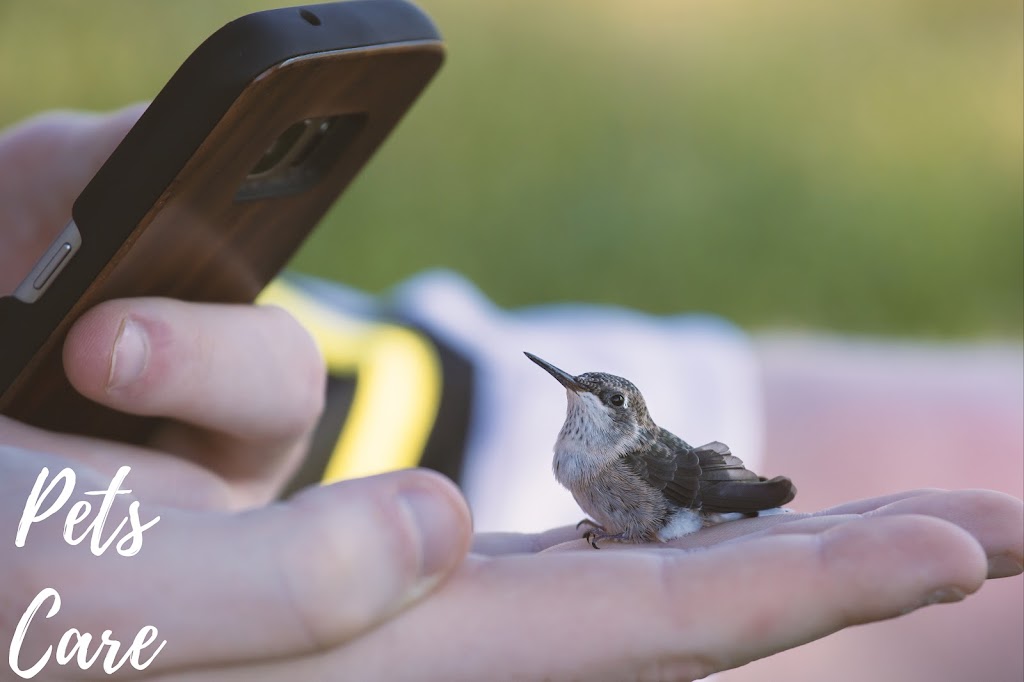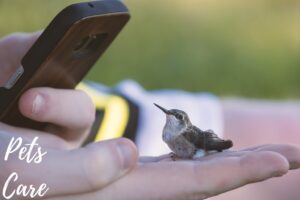Caring for Injured Birds: A Guide to Temporary Housing and Rehabilitation
Introduction:
Encountering an injured bird can be a distressing experience, but providing immediate care and shelter can make a significant difference in its chances of recovery. Temporary housing in a box is often the first step in providing aid to an injured bird before it can receive proper medical attention. However, knowing how long to keep the bird in the box and providing appropriate care are essential for its well-being. In this comprehensive guide, we explore the factors to consider when housing an injured bird in a box, how to provide proper care, and when to seek professional help.
1. Assessing the Bird’s Condition:
Before placing an injured bird in a box, it’s essential to assess its condition and determine the extent of its injuries. Look for signs of trauma, such as broken wings or legs, bleeding, or difficulty breathing. If the bird is conscious and alert, it may be able to stand or perch on its own. However, if the bird is unconscious or in critical condition, immediate medical attention may be necessary.
2. Providing Temporary Shelter:
Once you’ve assessed the bird’s condition, it’s time to provide temporary shelter in a box. Choose a sturdy cardboard box or plastic container that is large enough to accommodate the bird comfortably without allowing it to escape or injure itself further. Line the bottom of the box with soft, clean materials such as paper towels or cloth to provide a comfortable and non-slip surface for the bird to rest on.
3. Creating a Safe Environment:
Ensure that the box is placed in a quiet, warm, and draft-free area away from household pets and potential predators. Keep the box out of direct sunlight to prevent overheating, but maintain a stable temperature to keep the bird warm. Providing a small towel or cloth for the bird to hide under can help reduce stress and provide a sense of security.
4. Monitoring the Bird’s Condition:
While the bird is housed in the box, it’s essential to monitor its condition regularly for any changes or signs of improvement. Check for changes in breathing, alertness, or responsiveness, as well as any signs of distress or discomfort. Avoid handling the bird unnecessarily, as this can cause additional stress and interfere with its recovery.
5. Offering Food and Water:
Injured birds may not be able to feed or drink on their own, so it’s important to offer food and water as needed. Provide shallow dishes of water for drinking and moistened birdseed or mealworms for food, depending on the bird’s species and dietary requirements. Avoid forcing food or water into the bird’s mouth, as this can cause choking or aspiration.
6. Seeking Professional Help:
While temporary housing in a box can provide initial care for an injured bird, it’s essential to seek professional help as soon as possible. Contact local wildlife rehabilitators, veterinarians, or animal control agencies for assistance in assessing and treating the bird’s injuries. Professional care may include medical treatment, rehabilitation, and eventual release back into the wild.
7. Knowing When to Release or Transfer:
The length of time to keep an injured bird in a box depends on the severity of its injuries and its response to treatment. Some birds may recover quickly and be ready for release within a few days or weeks, while others may require more extensive care and rehabilitation. Rehabilitators will assess the bird’s progress and determine when it is safe to release it back into the wild or transfer it to a more specialized facility for ongoing care.
Conclusion:
Temporary housing in a box can provide crucial shelter and care for injured birds until they can receive professional assistance. By assessing the bird’s condition, providing a safe and comfortable environment, offering food and water as needed, and seeking professional help, you can give injured birds the best chance of recovery. Remember to monitor the bird’s condition closely and seek guidance from wildlife rehabilitators or veterinarians to ensure its well-being and eventual release back into its natural habitat. Your compassion and assistance can make a meaningful difference in the lives of injured birds and contribute to their survival and conservation.

